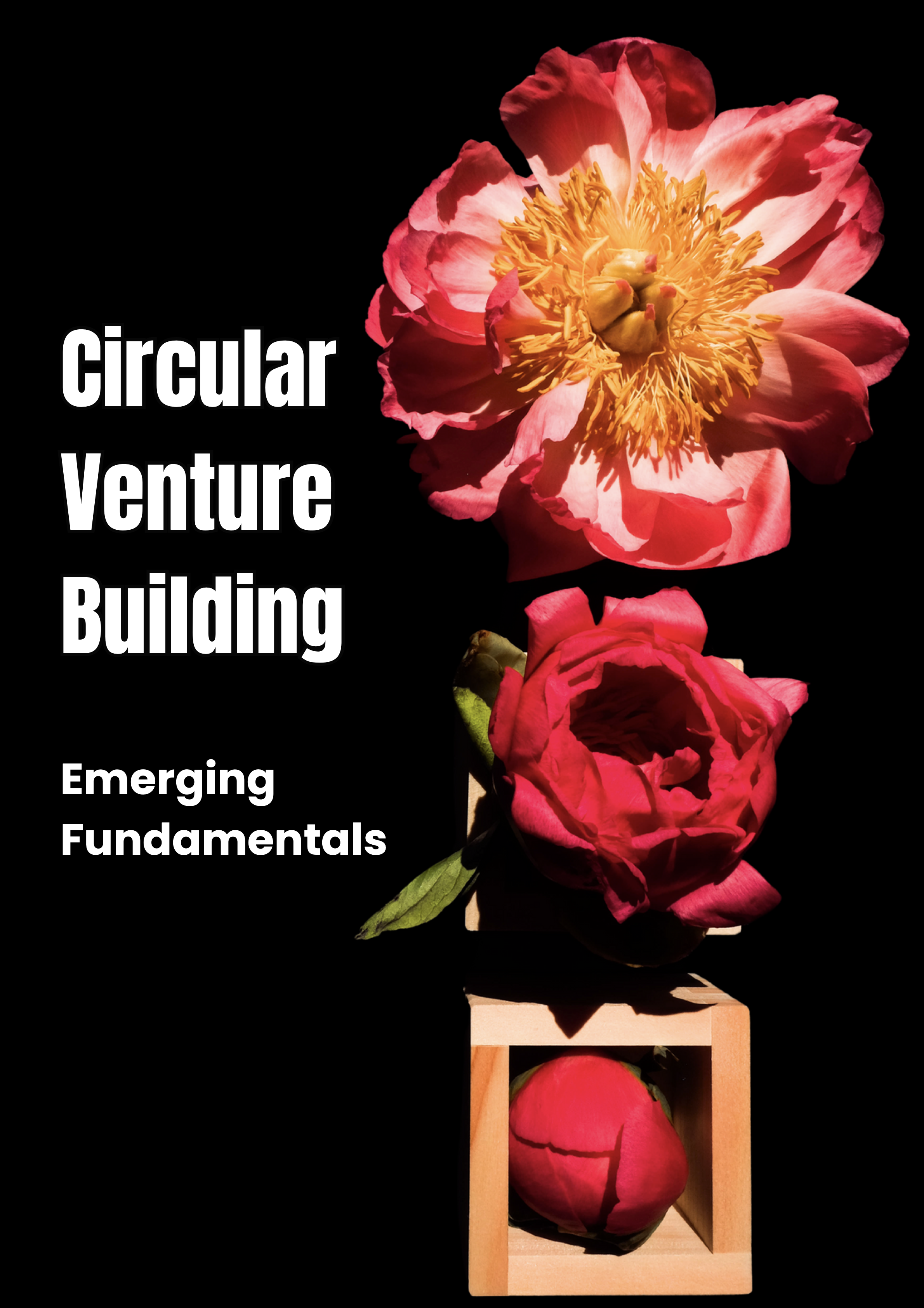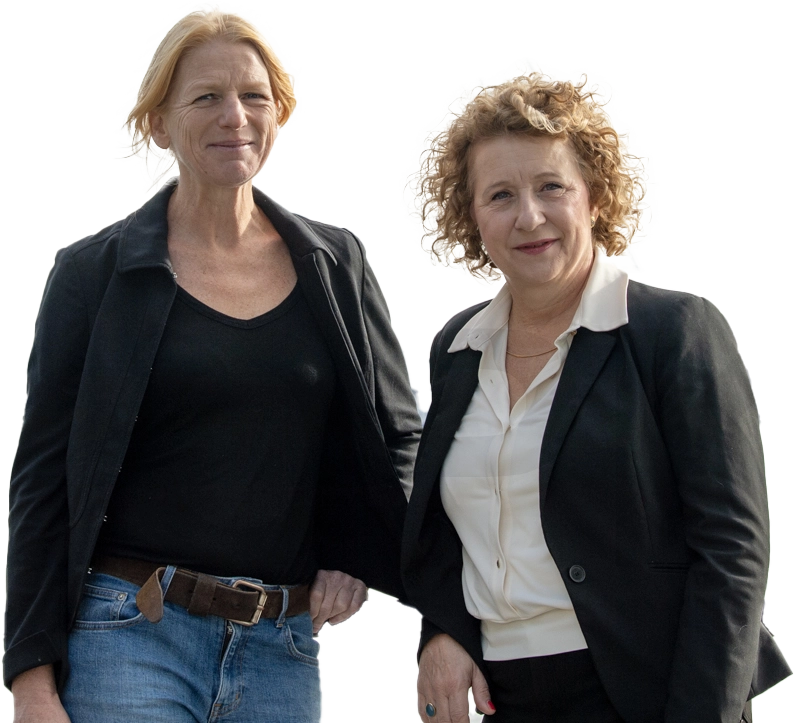Share this post
Rita McGrath is a best-selling author, sought-after speaker, and longtime professor at
Columbia Business School. As one of the world’s top experts on innovation and growth,
Rita’s work is regularly published in the Harvard Business Review. She is consistently
ranked among the Top 10 management thinkers in the world and was ranked #1 for
strategy by Thinkers50. Rita is the author of the best-selling The End of Competitive
Advantage (Harvard Business Review Press, 2013). Her most recent book is Seeing Around
Corners: How to Spot Inflection Points in Business Before They Happen (Houghton Mifflin
Harcourt, 2019).

Venture capital in its current form didn’t exist even 50 years ago. Today, it’s competitive
and that has brought the returns to investors down. Investors will have to figure out a
new model as competition makes the old one less attractive. One to look at is the
employee-ownership concept being used at Kohlberg Kravis & co (KKR).
From your perspective on innovation strategy, what are considerations around financing
circular startups?
Financing the Green Transition
The Venezuelan economist Carlotta Perez is an authority you should look at. She looks at
long cycles in capitalism. She says (in brief, I am not doing her justice here) that when one
group of technologies begins to mature, capital flows into new areas looking for the next
big boom. And that creates a bubble.
So, her argument would be that capital right now has created a bunch of little mini booms
in the digital economy. But at the same time, all that opportunistic investment activity
creates the infrastructure on which the next generation of technologies can be born. Her
thesis is that if you play it right (and government has a critical role to play) then you canlay the foundations for a new Golden Age on that bubble economy – This is like whathappened during the transition to mass production in the years after WWII).. But here;s thebut: you have to extract the capital from the casino economy into the production economy.
Investment Strategy for a production economy
Knowing this, what investment advice would you give to Invest-NL ?
I think you need to first identify your ‘likely platforms for future growth’.
Let me explain that concept by a quick story. One of the companies that I work with is a
Finnish Company called United Paper Mills. They’re based in Finland and Finland has lots
of trees! So they were founded to harvest the forests, break down the bark and the other
wood, using enzymes, and make paper out of it. But about 15 years ago or so, their CEO
looked at the global trends in paper usage and noticed that the trends were negative:
People are printing much less, we’re reading fewer magazines and digital is replacing a lot
of that use case.
What he did was to split the company to dedicate one part of the company to go into new
areas. One of the core skills they had developed over years was this excellent ability to
work with enzymes. We concluded that this enzyme technology could not only be used to
make paper, but also to break down all kinds of biological material. And so he called that
part of the business ‘the biofiore business’, made modest investments in it upfront and
had them do a lot of experimentation. They are now a breakthrough player in biofuels and
they’ve opened up many multibillion-dollar Biogenesis fuel generation practices all over
the world.
So, what you’ve got is (1) the identification of a capability or a space, (2) the willingness to
do patient experimentation in that space. And then (3) the ability to tag on to a market
that does exist. The paper story is sort of reflective of the pattern you want to look for. You
don’t want to start with a blank sheet of paper. You want to start with some kind of
capability.
Investment Strategy based on Option Value
In another study we assessed all startups in the portfolio of a Finnish Venture Capital firm.
As you know, in an early-stage venture, conventional financial metrics mean nothing. And
so we used the survey that measures the presence of option value in an early stage
venture.
This means that you’re looking at the upside, downside, and scalability of the startup. We
gave the survey to everybody that Tekes was currently funding. And 18 months later, when
we looked at what had actually happened with the ventures, we found that the outcome
of our survey was a very strong predictor of subsequent growth potential. And we've
replicated that a couple of times now and that could be something that you could use as
an assessment criteria for an investment portfolio.
Real option theory for a venture
Real Options Strategy seems to make sense for a Corporate with Deep
Pockets, but how can you apply this to a venture with a small team and limited financial
resources?
It connects to a concept I call Discovery Driven Planning. The idea of ‘DDP’ is that rather
than plan your venture journey as though you were going to be Google or something, you
plan to the next set of learning activities which I call checkpoints. This means you keep
your funding as lean and as limited as you possibly can until you validate assumptions.
A tech venture in general, needs a three-to-five-year period of validating their market
assumption, and you don’t want to burn cash in a big way from day one. I would
recommend if I were talking to your venture fund people is: you don’t actually put
substantial investment in a venture till it's just beginning its growth curve. Right till you;ve
worked your way through so many assumptions and then it’s just beginning to take off.
That’s when the funding can be put to good use. What most VC’s do, is they give them
too much money too early. And then it becomes a predictable issue: VC money is spent
on (expensive) company foundations and the startup runs out of cash before the actual
scaling even starts.
Discovery Driven Planning for Circular Development
How can you apply the principles of real options and discovery driven
planning to circular ventures?
Here I would recommend the book ‘Winning the Right Game’ from Ron Adner. Ron Adner is
one of the world’s experts on Ecosystem Innovation. I mean, I have a concept that I call
ecosystem ripeness, which starts from the end application. One asks, “what is the job to
be done for the end user or the end customer?” And then you back into what all the
ecosystem players have to provide.
The Ecosystem approach is very compatible with Discovery Driven Planning. To explain
this concept, I will make something up (it is an analogy of the Amazon Alexa case as
described in Ch 3 of Adner’s book). Let’s say that we think there’s an enormous potential
for robotic dog walking services that are all linked together. So, what you would need to
build a minimum viable ecosystem is, you know, obviously the dog walking tech, then
you’d need a layer of digital which would connect all the different dog walkers so that they
can learn from each other and form a community. And then you’d probably need a safety
layer, you know that is there somewhere. So, you'd kind of build it on paper and then you’d look at which partners would be good candidates for each of those roles.
Long-Term Investment View
As an example, Amazon will only embark upon ventures with a 5 year time horizon. They
are not looking for something to get big in 12 months. What they will do is if someone
wants to propose a project, they will put themselves in the position of five or six years in
the future, and then they’ll write a press release about the product as if it existed. And then
a frequently asked questions about the future product. It’s written in text, and then they
have a big debate whether that’s worth pursuing, and then they work backwards. That’s
the way that Venture Capital funds need to be thinking, because starting with today and
the wish to be a $2 billion business in two years, well it very seldom works out that way.
Key References
McGrath, R. G. (1997). “A real options logic for initiating technology positioning
investments.”; Academy of Management Review 22(4): 974-996.
MacMillan, I. C. and R. G. McGrath (2000). “Assessing technology projects using real options
reasoning: The STAR approach”; Research-Technology Management July-August: 35-49.
Rita Gunther McGrath ,Ian C. MacMillian , Discovery-Driven Growth: A Breakthrough
Process to Reduce Risk and Seize Opportunity – February 17, 2009
Perez, C. (2002) Technological Revolutions and Financial Capital: The Dynamics of
Bubbles and Golden Ages. Cheltenham, UK: Edward Elgar.
Ron Adner (2021), ‘Winning the Right Game’, MIT Press
Share this post
Intro text voor de nieuwsbrief
By clicking “Sign up” you’re confirming that you agree with our Terms and Conditions
Intro tekst



Unleashing Insights for Your Business Growth Journey


Stuur ons een bericht